ISO Can Be Your Friend
Well today was the day, my wisdom teeth have been removed, If my articles start to make less and less sense it’s because I now have no wisdom teeth. While lying around the house this afternoon getting antsy I really wanted to be outside photographing something. I’ve taken a picture of just about everything in my house aside from pictures of things I’ve already taken pictures of. So I stepped outside of the box and decided to play with the settings of my camera and see what ISO capabilities I had.
By now you probably understand the relationship between ISO, Shutter Speed, and Aperture (check out ISO, Aperture, and Shutter Speed Graph if your still learning). Most DSLRs these days have an ISO span of 100 to at least 6400. I’m guilty of leaving my camera on ISO 200 and adjusting nearly everything else in my camera at all costs to try to get the exposure I need thinking that if I bumped my ISO above 200 my image was going to look like it was taken through a screen door. Which brings us to todays quick tip. Everyone’s camera has different ISO capabilities depending on the size of the sensor and it’s quality, so today’s tip is simply take a few minutes to put your camera through its paces and really look at the images to see what the highest ISO you find acceptable is.
The photo at the top of this article was shot at ISO 1600, 85mm, f4.5, 1/30sec. The following photos will have listed the ISO and their shutter speeds because those are the only two variables that will be adjusted. The noise has not been adjusted in Photoshop or Lightroom either, so this should give you a real sense of quality at the higher limits of ISO.
*The photos were taken with a Nikon D600 and the Nikkor 24-85mm f3.5-4.5 lens.


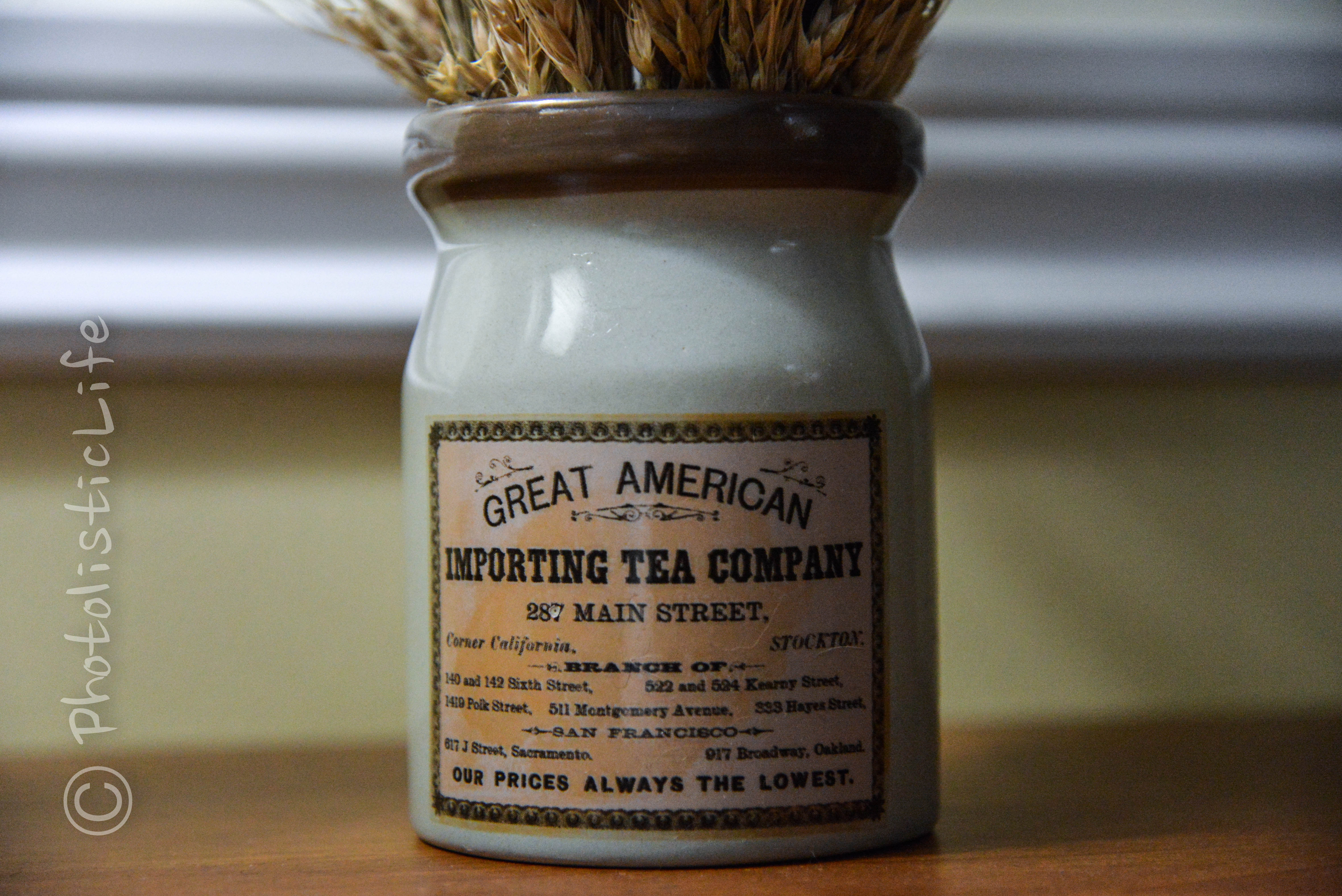
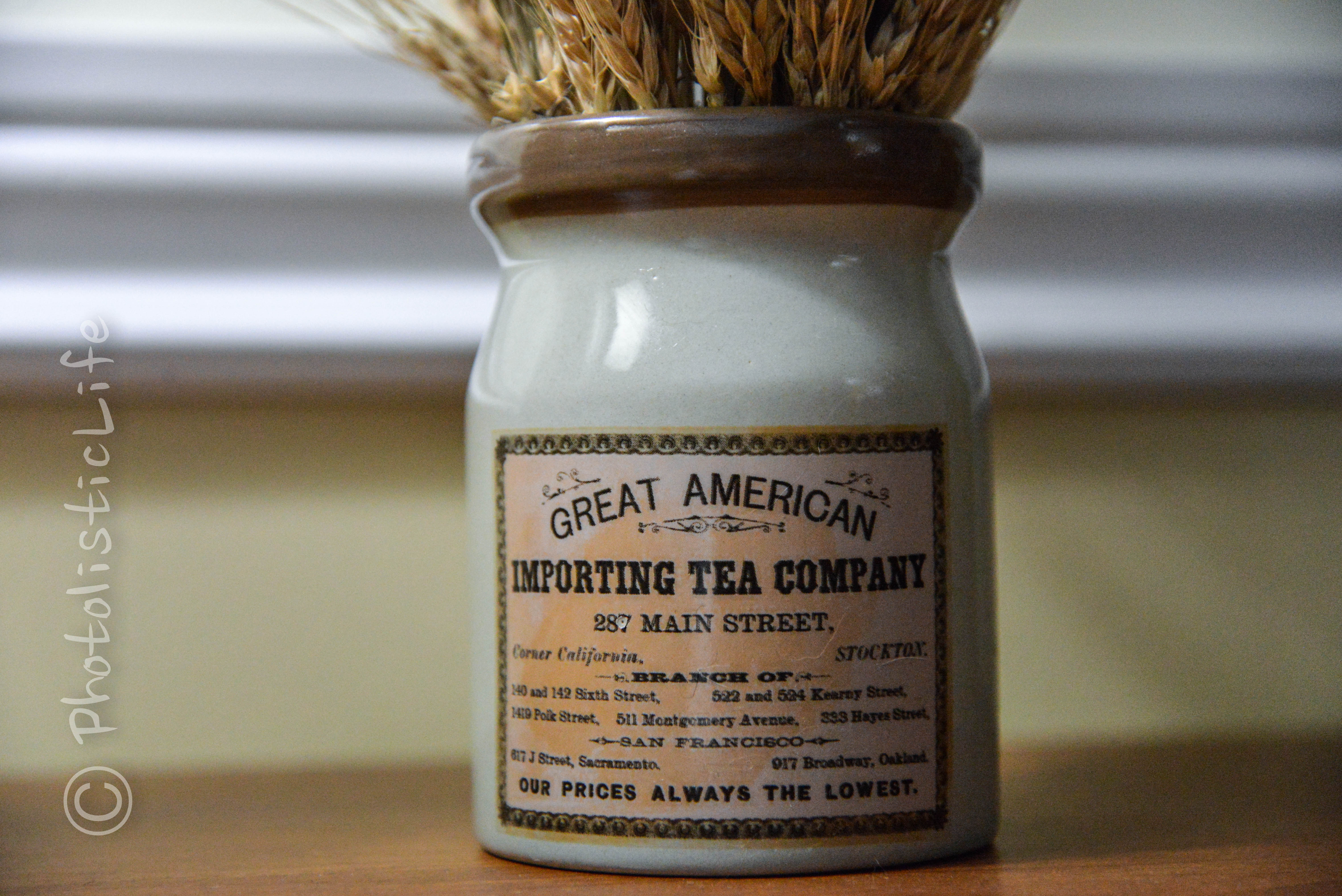
Why is knowing your ISO limits a good idea? Well for one, fast (low f-number) lenses are very expensive and if you can get away with raising your ISO a little in low light situations you may be able to fight off buying a more expensive faster lens. Also, you may be on the fly and not have another lens with you. Rather than give up a shot because you don’t think it will be acceptable, you are more aware of what limits you can push on your camera.
Here is ISO 6400 with a little noise reduction done in Lightroom:
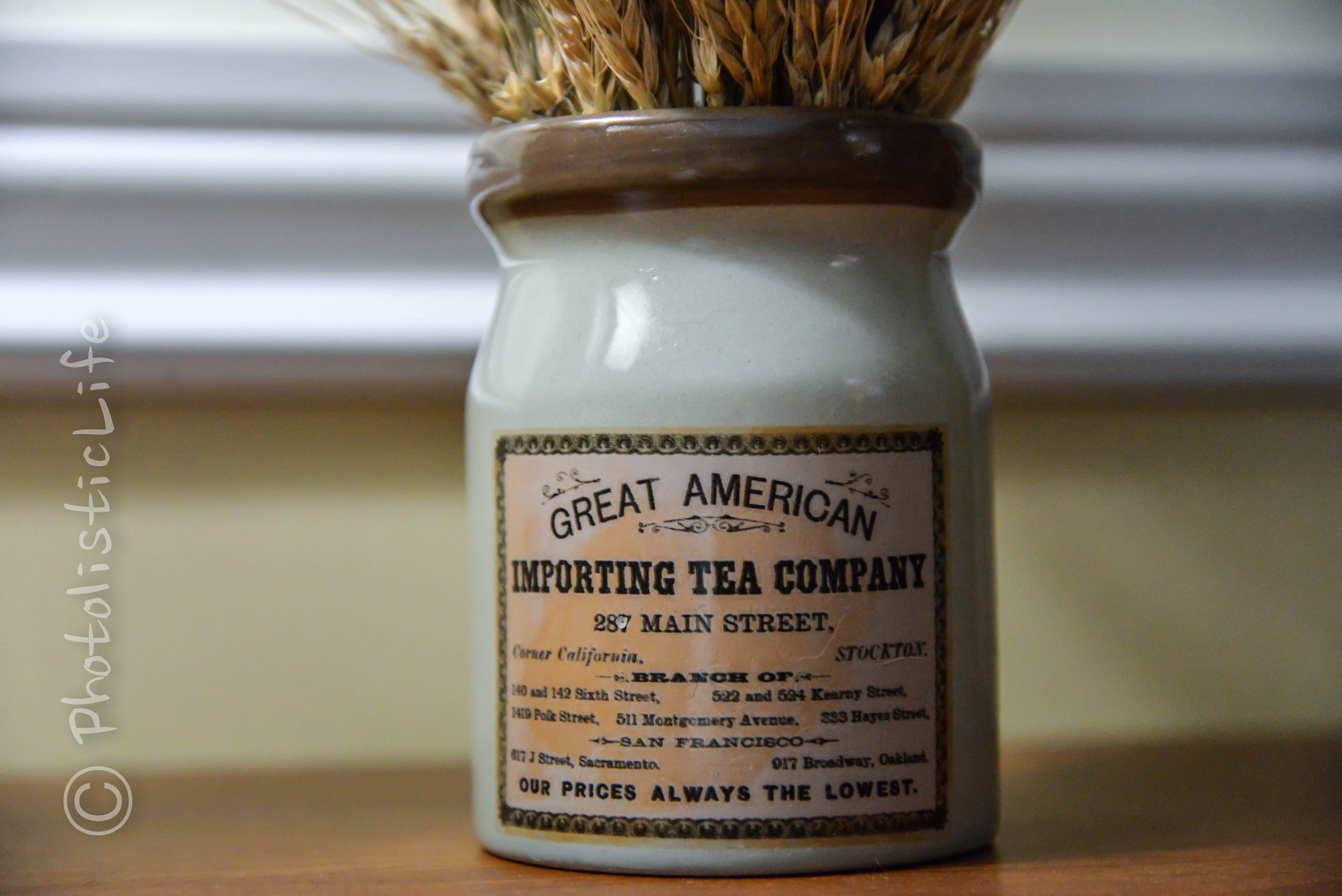
After running this little experiment I’d be comfortable to take a shot at ISO 6400 on the D600 if I had to. Obviously the higher the ISO the noisier each image got, but with modern miracles light noise reduction we are able to get away with a little more. If I did not have noise reduction programs I would try to never go above 2500. That’s 2300 higher than I was ever comfortable with before, and only because I never really did a controlled experiment like this. Give it a try, I’m sure you’ll appreciate what you learn.
Other Links You May Find Interesting:
Guide to Using Your Camera in Manual Mode
Easy ISO, Aperture, and Shutter Speed Graph

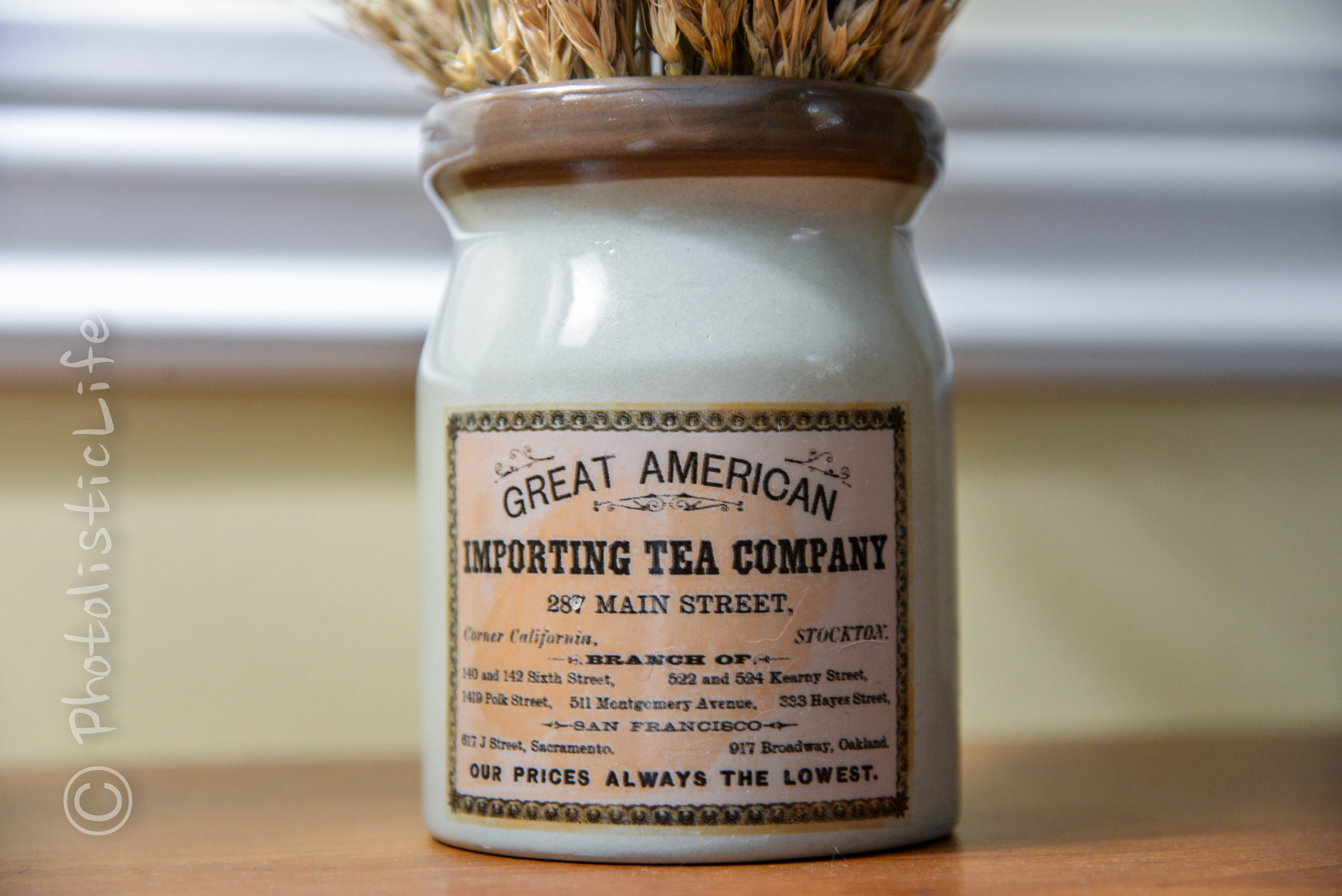
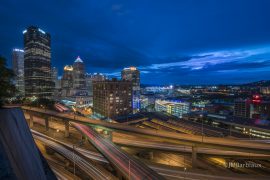
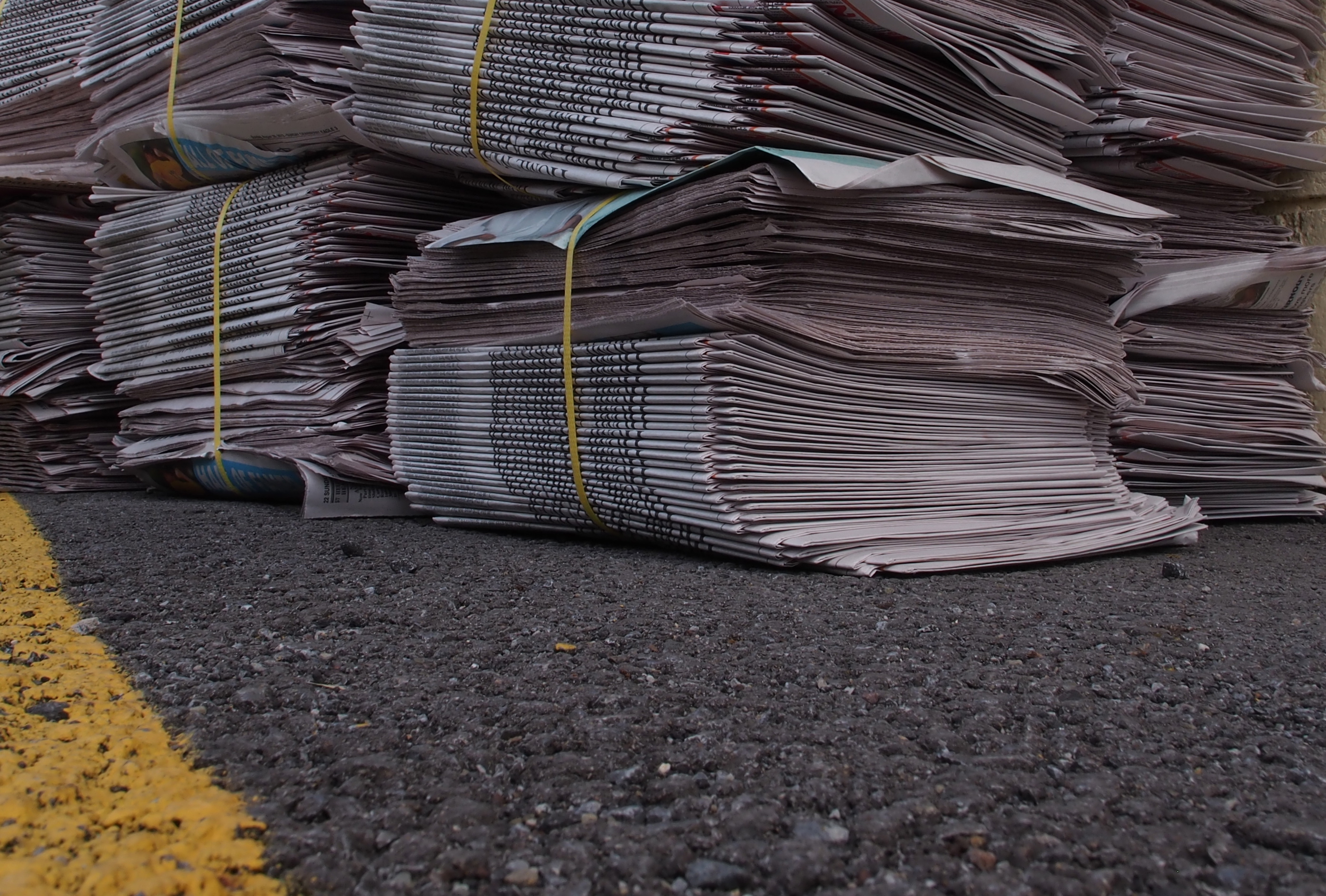
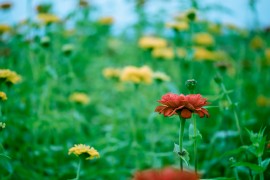
Sometimes a little noise can add to a shot! I found myself without tripod on my only night in Paris, absolutely kicking myself as there were a zillion amazing shots to be had and the tripod would have only made them better! My new camera allowed me to push the ISO to 6400, but having never seen the results, I was a little dubious! I was pleasantly surprised at what I got. Sure, the tripod would have been better, but lugging it around for the day would have not been ideal! I will have to look into noise reduction to see what I can do….but then, the moodiness of the citystreets at night….grain and all….it also works!
Great post…nice to see the changes as you pushed your camera!
I agree! I love the vintage look and sometimes a little grain can help you get the desired effect. It must not be all bad considering all the Instagram filters people use to make their photographs look a hundred years old. Thanks for reading and remember to check back, we are doing something big soon!!!
Thank you for this post….it was great to see the comparisons! I also have found that I like the slight noise and vintage look, but this was helpful for the times that I don’t want it. Good luck with your wt recovery!
Thanks! A little noise is not always a bad thing, seems like a lot of people end up ADDING it to get that vintage look. Have a great day.